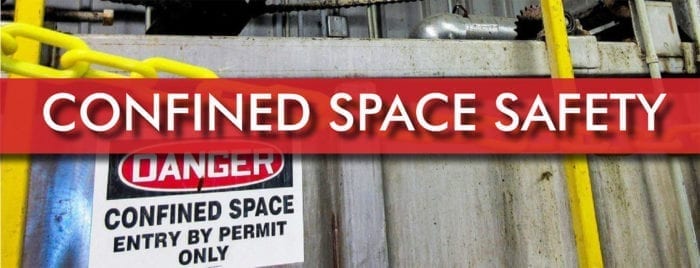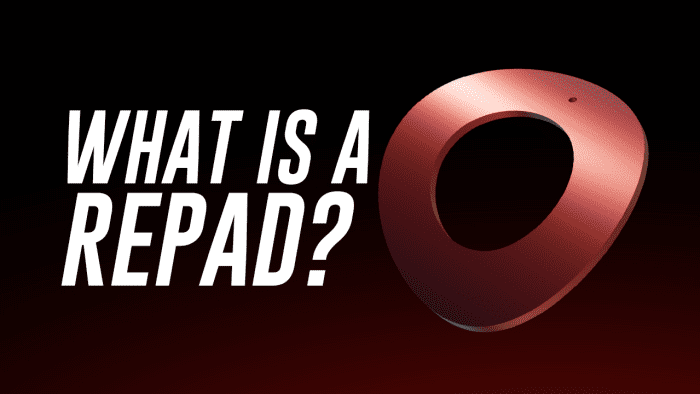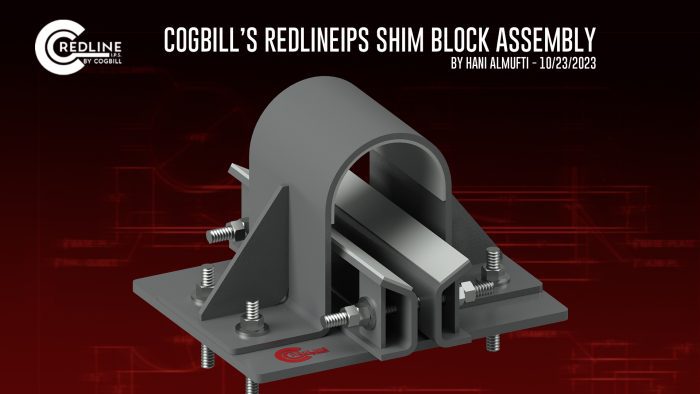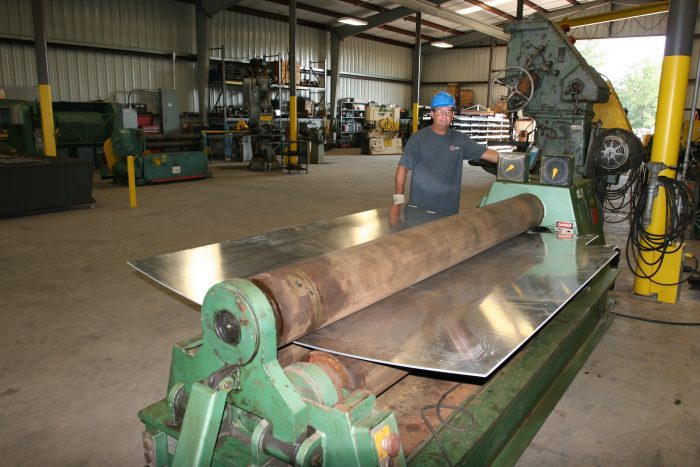CONFINED SPACE SAFETY

October 3rd, 2020
A confined work space can be defined as an enclosed area not normally inhabited by a human being. The hazards associated with opening, entering, and performing work within confined spaces can be dangerous enough to cause bodily injury, illness, and even death to workers. Accidents often occur due to failure to recognize that a confined space is a potential hazard.
Workers should use extreme caution, since situations where the dangers of toxic substances, explosions, and asphyxiation may be present at the onset of entry into confined spaces. Entrant workers, attendants, and supervisors should keep in mind the following responsibilities when working in confined spaces:
Entrant:
Know the space hazards, the mode of exposure signs or symptoms, and the result of the exposure.
Obtain sufficient training and properly use the appropriate PPE and all necessary tools and equipment
Maintain communication with attendant.
Immediately exit the confined space when ordered by an authorized person (attendant), when an alarm is sounded, or when symptoms of exposure warrant exiting.
Alert the attendant when prohibited conditions exists or when warning signs of exposure appear.
Attendant (Hole Watch):
Remain outside the permit space during entry operations unless relieved by another authorized attendant.
Perform no-entry rescues when specified by employer’s rescue procedure.
Obtain understanding in existing as well as potential hazards, including exposure signs and symptoms.
Maintain communication with entrants and keep accurate records of who is entering and exiting the confined space.
Order evacuation when warranted.
Summon rescue services during an emergency.
Ensure that unauthorized persons stay away from permit spaces, or that they exit immediately if they have already entered.
Inform authorized entrants and entry supervisor of entry by unauthorized persons.
Perform no other duties that interfere with the attendant’s primary duties.
Entry Supervisor:
Know the hazards including information on the mode of exposure, signs, and symptoms of exposure.
Verify emergency plans and specified entry conditions such as the permits, tests, procedures, and equipment prior to entry.
Terminate entry and cancel permits when entry operations are completed or if a new condition exists.
Take appropriate measures to remove unauthorized entrants.
Ensure that entry operations remain consistent with the entry permit and that acceptable entry conditions are maintained.




